The northern lights, or aurora borealis, are a spectacular natural phenomenon visible in Scotland under the right conditions. With its dark skies and northern latitude, Scotland offers excellent opportunities to witness this celestial display. This guide provides essential information on when, where, and how to maximise your chances of seeing the northern lights, ensuring a memorable experience.
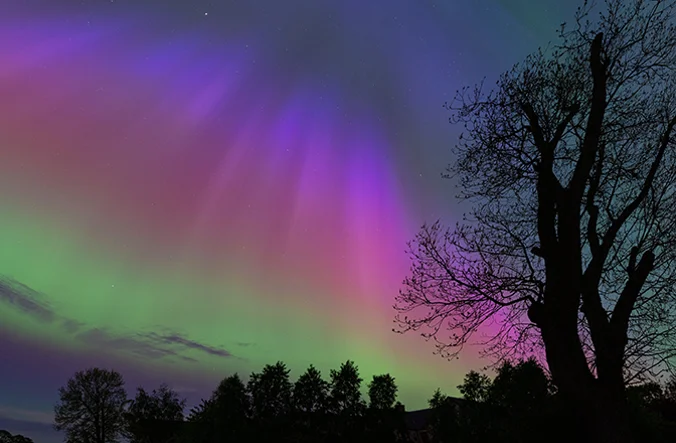
Block text content:
Optimal Timing
The best period to view the northern lights in Scotland is between September and March, when nights are longest and darkest. Aurora activity often peaks around the autumn and spring equinoxes, though sightings are possible throughout these months. Monitor aurora forecasts using resources like AuroraWatch UK or apps such as My Aurora Forecast to identify nights with high geomagnetic activity, which increases the likelihood of a sighting.
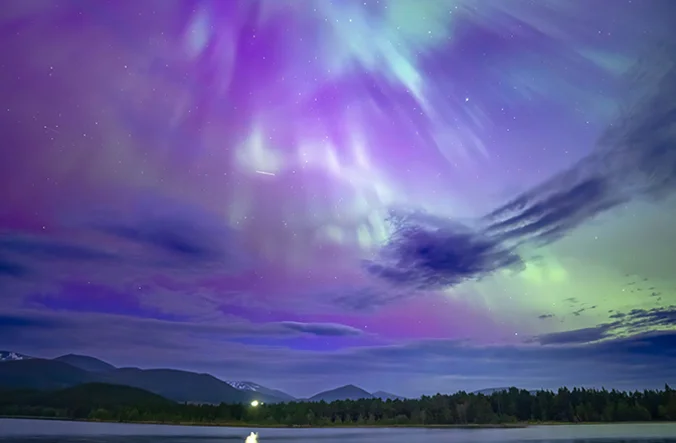
Block text content:
Choosing a Location
To enhance your chances, select a location with minimal light pollution and a clear view of the northern horizon. Northern Scotland is ideal, particularly the Highlands, Cairngorms National Park, and the Isle of Skye. Other excellent spots include Glencoe, Aberdeenshire, and remote areas like the Outer Hebrides or Shetland. These regions offer dark skies, essential for aurora visibility. Use light pollution maps to identify the best sites near your chosen destination.
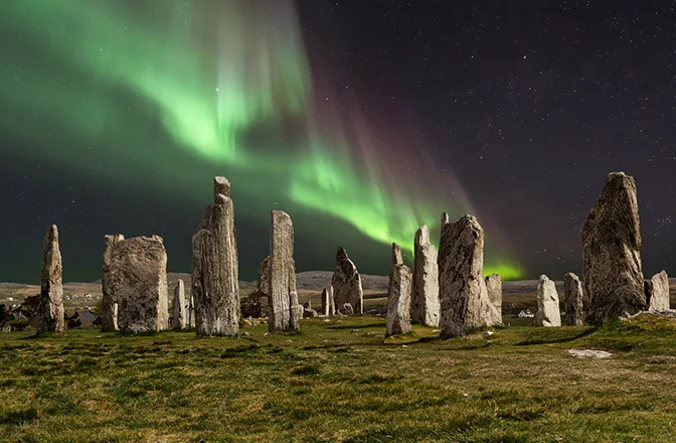
Block text content:
Preparation and Equipment
Scotland’s winter weather can be unpredictable, so dress warmly in layers, including thermal clothing, a waterproof jacket, and a hat. Clear skies are critical, so check local weather forecasts before heading out. A Kp index of 4 or higher, which indicates stronger aurora activity, significantly improves your chances in Scotland. Bring a thermos with a hot drink to stay comfortable during extended waits. For photography, use a tripod and a camera or smartphone with a night mode setting to capture the aurora’s colors, though viewing with the naked eye is equally rewarding.
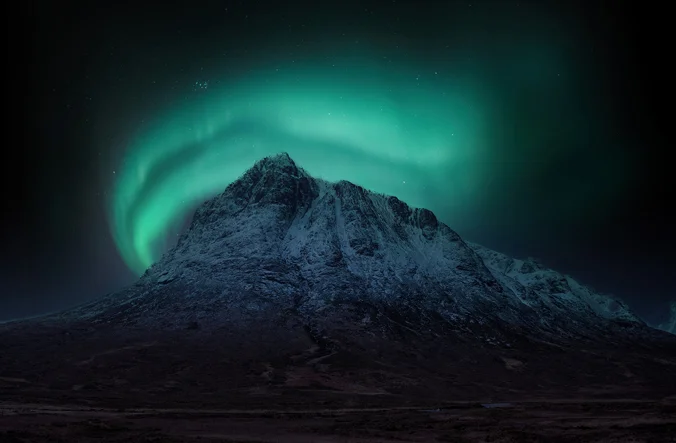
Block text content:
Practical Tips
Patience is essential, as the aurora may appear as a faint glow before intensifying into vibrant greens, purples, or reds. Be prepared to wait, as sightings are not guaranteed. Consider joining a guided aurora tour, particularly in areas like Glencoe or Torridon, where experienced guides can lead you to optimal viewing spots and provide insights into aurora activity. Alternatively, connect with local aurora-watching groups for shared expertise and camaraderie.
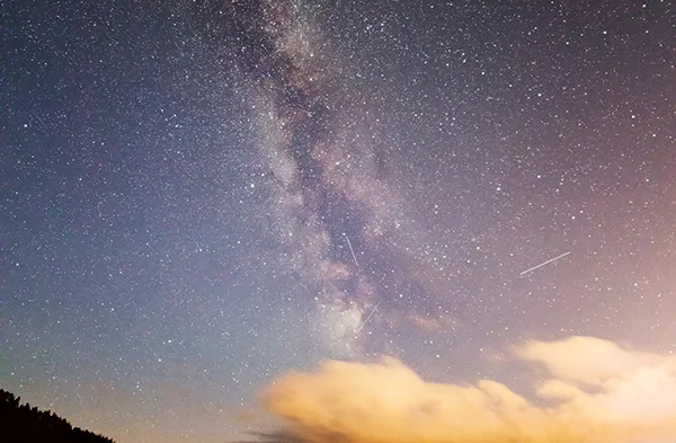
Block text content:
Additional Considerations
Even if the northern lights do not appear, Scotland’s remote landscapes offer stunning stargazing opportunities. Bring a blanket to stay comfortable while observing the night sky. Always prioritize safety by informing someone of your plans and avoiding hazardous terrain in the dark. By planning your trip during the optimal months, choosing a dark-sky location, and preparing for Scotland’s weather, you can significantly increase your chances of witnessing the northern lights. Check aurora and weather forecasts regularly, and consider professional tours for a guided experience. With preparation and a bit of luck, you’ll be well-positioned to experience this awe-inspiring natural spectacle in Scotland’s pristine wilderness.
